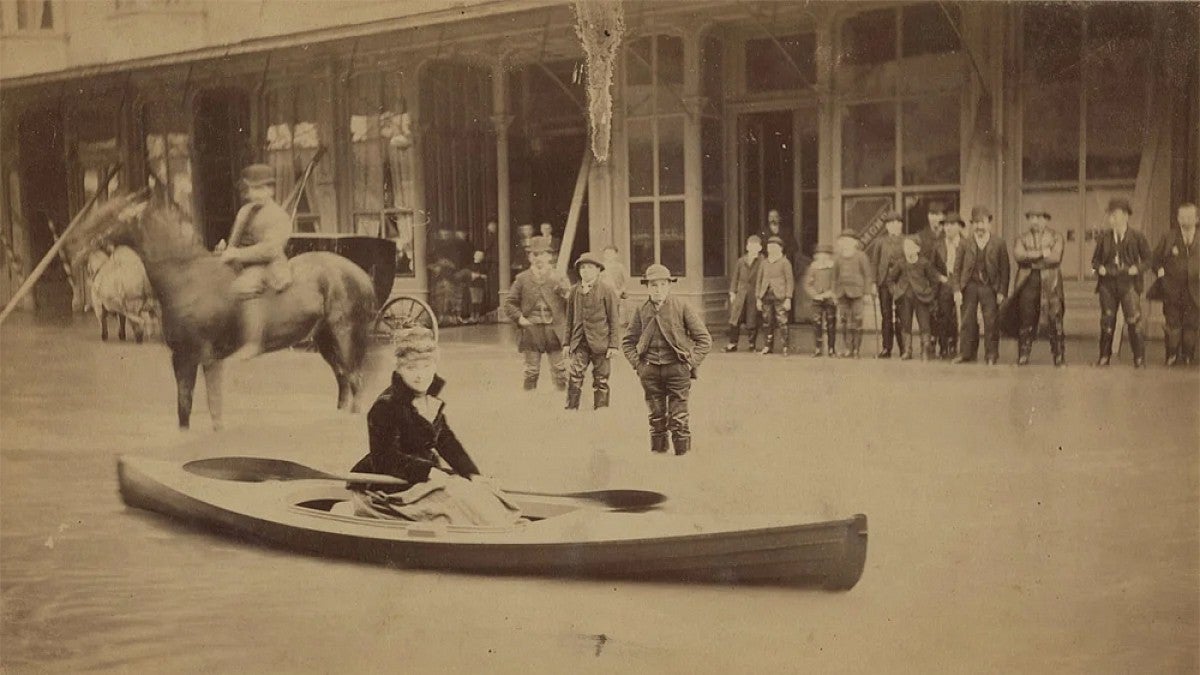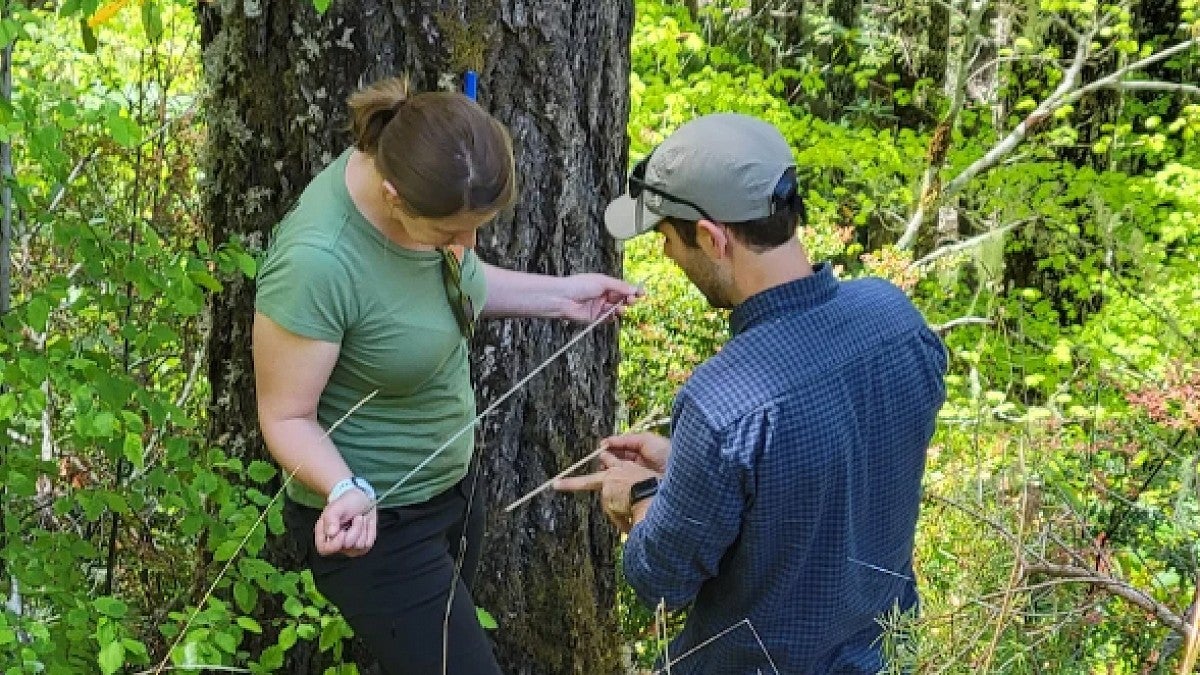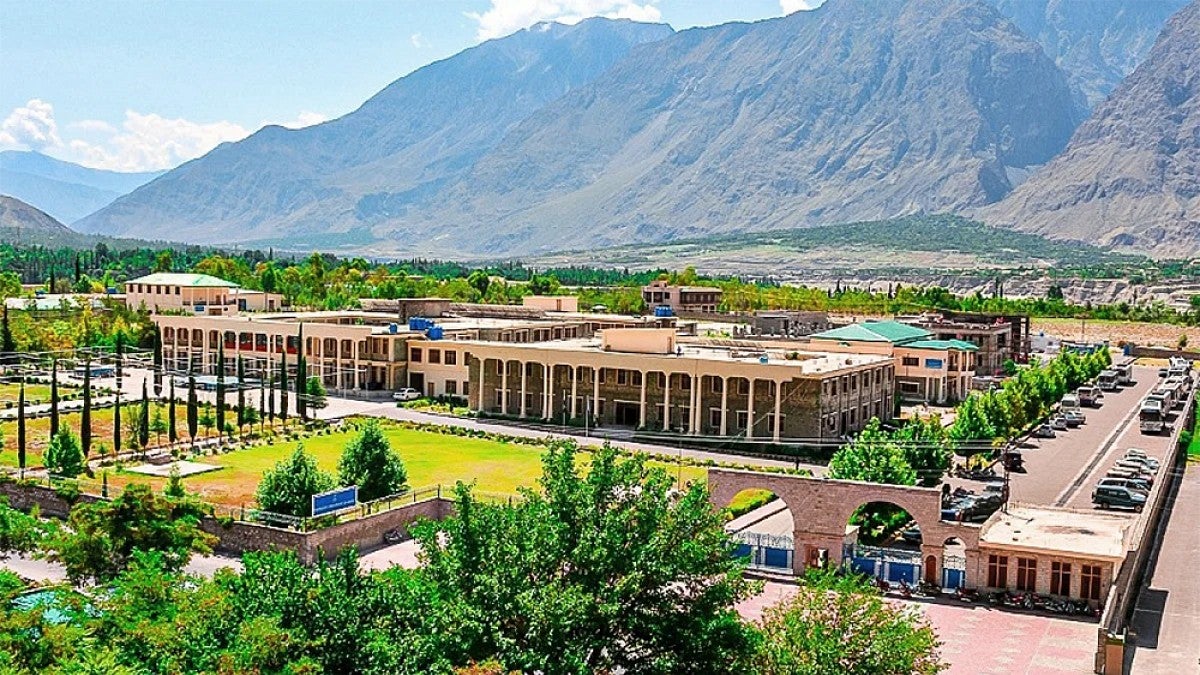The Department of Geography has been making distinctive, fundamental contributions to understandings of how changing societal and environmental patterns and processes are shaping the unprecedented perils and promises facing the world. Reflecting the productivity of our research on human-environment interactions, our faculty and students are actively publishing their work on wide-ranging topics, including environmental changes on long time scales, the dynamics of river-scapes and related fluvial geomorphic processes, spatial modeling, racial/ethno-cultural dynamics, environmental justice and vulnerability, the politics of social and economic development, and so on.
Read the latest research from our department

An 1867 Washington deluge shows the region’s potential for flooding
An 1867 flood in western Washington surpassed anything that the region has seen in the last century, new University of Oregon research shows, offering a foreboding look at what storms fueled by climate change could now produce.
In that long-ago flood, an atmospheric river combined with snowmelt to deliver record amounts of precipitation over a three-day period. The event provides a pre-industrialization benchmark for what flooding in Washington’s modern urban corridors could now look like, the researchers report Dec. 19 in the journal PLOS Climate.

Preserving our State’s Forests for Generations to Come
The Elliot State Research Forest is home to 93,000 acres of dense forest just north of Coos Bay, Oregon, and is a source of rich biodiversity, providing trees and streams that house endangered species and timber production to support employment in surrounding rural areas. Preserving this rich forest is a priority for the state.
Thanks to a $96,155 grant from the Oregon Department State Lands, University of Oregon professors of Geography Melissa Lucash and Co-Principal Investigator Neil Williams, will be collaborating with Oregon State University to support the development of a forest management plan for the Elliot State Forest.
Read About Forest Preservation

UO, Pakistan university partner to help confront climate change
Eugene, home to the University of Oregon, is literally half a world away — about 6,800 miles as the crow flies — from Gilgit, Pakistan, where Karakoram International University is located.
Scholars from the two universities have spanned that global gap, most recently when six faculty members from KIU spent two months this winter at the UO with a shared goal of confronting climate change through research and enhancing teaching.

